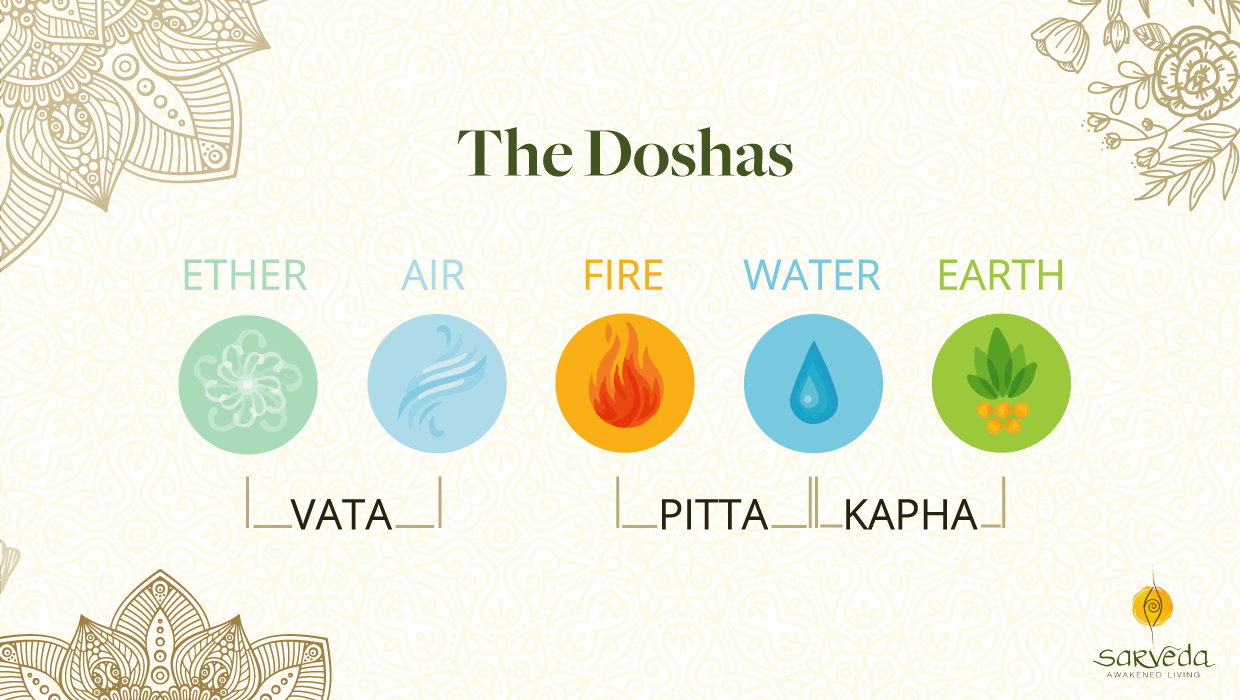Ayurveda is derived from two Sanskrit words, “Ayu” which means Life, and “Veda” meaning knowledge. Ayurveda collectively means, “The Knowledge Of Life”. This system of science dates back to almost 5000 years, and was written, passed, and practiced by Aacharyas back then and Vaidyas aka Ayurvedic Doctors today.
It deeply promotes holistic healing and the interconnected nature of our bodies and mind which are still being understood. The mystery of how all of this sacred knowledge was discovered thousands of years ago intrigues many modern-day researchers.
Ayurveda is the science of life. It revolves around the wellness from a deep spiritual level. It is the science that strives to know and live the word “health”. The primary aim of Ayurveda is to keep the health of a healthy individual intact.
It clearly in its own way says, that health is not merely the absence of disease or infirmity. It is a state of total physical, mental and social well-being. This also happens to be the world-famous definition of health, given by WHO.
Everything in the universe is composed of the five great elements- the Panchamahabhutas, namely, Fire, Water, Ether, Earth, and Air. These elements construct the macrocosm – the universe, as well as the microcosm – our inner worlds.
Each element has its function in the outer world and in our inner body, and an imbalance in any of the elements can manifest in a lack of harmony within or outside our system. Ayurveda believes that ‘As is the Macrocosm, so is the Microcosm’. As we are nothing but tiny fragments of the larger cosmos, we can learn a lot about our inner workings from the mechanisms of the outer world.
Knowing the interplay of these elements one helps to understand oneself to a great extent.
The Ayurvedic system analyzes the human body on the basis of the existence of these elements, and knowledge of the elements is essential to understand the interrelation of the mind, body, and spirit in the language of the Doshas.
The Doshas- The powerplay of our existence, The energies derived from the five great elements that decide our composition, our unique blueprint, our Prakruti.
The Doshas are the blend of specific elements that decide our psyche. The Bio-energies are known as Vata, Pitta, and Kapha in Sanskrit.
Where Vata is composed of Air and Ether and is responsible for movement and breath.
Pitta is the energy of Fire and Water and is principally responsible for digestion, metabolism, and heat.
Kapha is derived from the elemental energies of Earth and Water and maintains the basic structure of the body.
These together form the TRIDOSHAS – the principle 3 bioenergies of the body.

The Doshas have a powerful influence over our physical and mental health. They form the basic framework and biology of the body. When in a state of balance, they control, sustain and maintain the smooth functioning of our mind-body and spirit.
Each one of us is a unique balance of the Tridoshas, which means we’re all composed of all the three doshas just in Variable amounts and different combinations where one dosha may be dominant over the other two. The Dosha dominance may be Vata-Pitta, Pitta-Kapha, Vata-Kapha or vise-versa.
This blend of doshas, The Dominant one that governs our psyche and forms our unique blueprint is called Prakruti.
Prakruti can be identified from the stable, deeper characteristics of an individual. For example, A person with heavy built, strong bones, thick hair, moderate appetite, good sleeping patterns, and great emotional quotient is said to be Kapha dominant, his Prakruti being Kapha.
Prakruti is something that makes us different and exclusive, It helps us to honour ourselves, our distinctiveness, and our individuality.
Prakruti is something that shapes us right from our birth, or we might as well consider for it to be shaping us right from our embryonic development.
In-fact in all of us as individuals, Prakruti is determined during those crucial pregnancy months.
While Prakruti is given so much importance in general, It becomes very much important to understand the difference between Prakruti and Vikruti.
Prakruti is a unique code of stable factors that stays the same throughout our life, whereas Vikruti is the current state of unbalanced doshas expressing themselves in the body. It is a change from the equilibrium expressing itself in the form of various diseases, conditions, or feelings of uneasiness, a sense of something wrong.
Various factors are responsible for this shift from balance.
Our diet, lifestyle, sleep, emotional conduct, social interpretations play a very important role in maintaining balance and going off the grid, and that is why understanding our Prakruti and Vikruti is of so much importance.
When we know our body works, when we know what brings us peace and what takes us off the grid, we know exactly what to do to bring back balance.
We know what suits us and what doesn’t, What works for us, and what fails. We know how to understand ourselves and maintain balance.
A deeper understanding of our mind and body helps us to notice discomfort and recognize an imbalance. A deeper understanding of the doshas helps us to bring back the lost balance and become whole.
Want to know your Dosha Dominance and discover your individuality? Click here and take our dosha quiz!
Join us to read more of such articles and support our mission of mindful living for the modern world by subscribing to our blog and hitting us a follow on Instagram and Facebook @sarvedalife.

